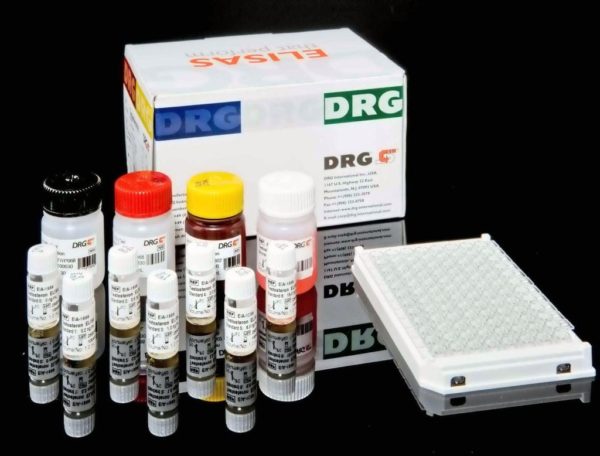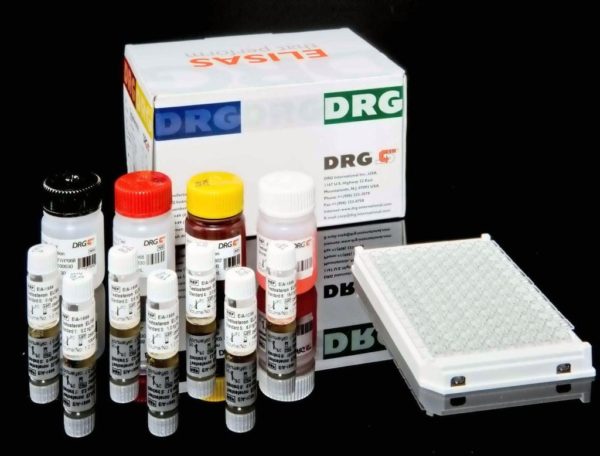Description
Enzyme Immunoassay (ELISA) for the one-step qualitative/quantitative determination of Helicobacter pylori Antigen (H Pylori Ag) in human stools. The kit may be used for the follow-up of HP-infected patients and their pharmacological treatment.For Òin vitroÓ diagnostic use only.Helicobacter pylori (Hp) is a Gram negative bacterium, firstly isolated in gastric mucosa by Marshall and Warren in 1983. This bacterium is widely diffused in men, without
limitations of sex and age; it has been found that infections can be transmitted directly by contact with contaminated biological fluids (saliva, stool, body secretions) and also from contaminated food and beverages. H.pylori, and in particular some pathogenic strains (CagA +), is the etiological agent responsible of most of active infections and lesions of the gastric mucosa in man. H.pylori infection moreover acts as cofactor in the development of tumoral pathologies of the gastric apparatus and it is suspected to be associated to some inflammatory pathologies of the genital female apparatus, evolving toward neoplastic transformation. At the present time, the identification of Helicobacter pylori is mostly made with invasive histochemical techniques, with the determination of its urease activity on a isotopic substrate (breath test and mass analysis), with time-consuming bacteriological culture systems and with expensive molecular biology techniques (PCR). ELISA for H. Pylori Ag have been only recently introduced as a specific, fast, non invasive (analysis of stools) and cheaper method of detection.
Stools from patients are used as a source of sample for the determination of HP antigen. Microplates are coated with a cocktail of affinity purified mouse monoclonal antibodies directed to the most specific Helicobacter pylori antigens. In the 1st incubation, the solid phase is treated with the sample, previously extracted from stools, and simultaneously
with a mixture of monoclonal antibodies to Hp, conjugated with peroxidase (HRP). After washing out all the other components of the sample, in the 2nd incubation the bound enzyme specifically present on the solid phase generates an optical signal that is proportional to the amount of H.pylori antigens present in the sample.




